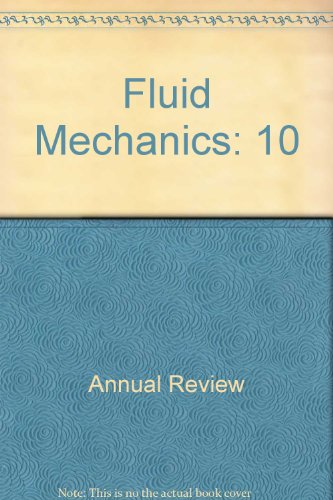Fluid Deformation and Mixing in Porous Media as Drivers for Chemical and Biological Processes
IF 30.2
1区 工程技术
Q1 MECHANICS
引用次数: 0
Abstract
Porous media flows are generally viewed as inefficient mixers, where solutes may be dispersed yet poorly mixed, making mixing a critical limiting factor for a wide range of processes. The complexity and opacity of porous structures have long made these dynamics difficult to observe. With emerging experimental techniques, concepts and models of mixing in porous media are rapidly evolving. Recent advances link mixing dynamics to fluid deformation arising in flow through porous materials. Unlike diffusion and dispersion, which only dissipate chemical gradients, fluid shear and stretching amplify and sustain them. This review explores the role of fluid deformation in governing mixing, chemical reactions, and biological processes in porous media. We begin by highlighting key experimental observations that have improved our understanding of mixing in these systems. We then examine the fundamental concepts, models, and open questions surrounding fluid deformation and mixing in porous media, emphasizing their dependence on material structure, heterogeneity, dimensionality, and transient flow phenomena, as well as their interaction with chemical and biological processes.多孔介质中的流体变形和混合是化学和生物过程的驱动因素
多孔介质流通常被视为低效的混合器,其中溶质可能分散但混合不良,使混合成为各种工艺的关键限制因素。长期以来,多孔结构的复杂性和不透明性使得这些动力学难以观察。随着实验技术的发展,多孔介质混合的概念和模型也在迅速发展。最近的研究进展将混合动力学与流经多孔材料时产生的流体变形联系起来。扩散和弥散只会消散化学梯度,而流体剪切和拉伸则会放大和维持化学梯度。本文综述了流体变形在多孔介质中控制混合、化学反应和生物过程中的作用。我们首先强调了一些关键的实验观察结果,这些观察结果提高了我们对这些系统中混合的理解。然后,我们研究了关于多孔介质中流体变形和混合的基本概念、模型和开放问题,强调了它们对材料结构、非均质性、维度和瞬态流动现象的依赖,以及它们与化学和生物过程的相互作用。
本文章由计算机程序翻译,如有差异,请以英文原文为准。
求助全文
约1分钟内获得全文
求助全文
来源期刊
CiteScore
54.00
自引率
0.40%
发文量
43
期刊介绍:
The Annual Review of Fluid Mechanics is a longstanding publication dating back to 1969 that explores noteworthy advancements in the field of fluid mechanics. Its comprehensive coverage includes various topics such as the historical and foundational aspects of fluid mechanics, non-newtonian fluids and rheology, both incompressible and compressible fluids, plasma flow, flow stability, multi-phase flows, heat and species transport, fluid flow control, combustion, turbulence, shock waves, and explosions.
Recently, an important development has occurred for this journal. It has transitioned from a gated access model to an open access platform through Annual Reviews' innovative Subscribe to Open program. Consequently, all articles published in the current volume are now freely accessible to the public under a Creative Commons Attribution (CC BY) license.
This new approach not only ensures broader dissemination of research in fluid mechanics but also fosters a more inclusive and collaborative scientific community.

 求助内容:
求助内容: 应助结果提醒方式:
应助结果提醒方式:


